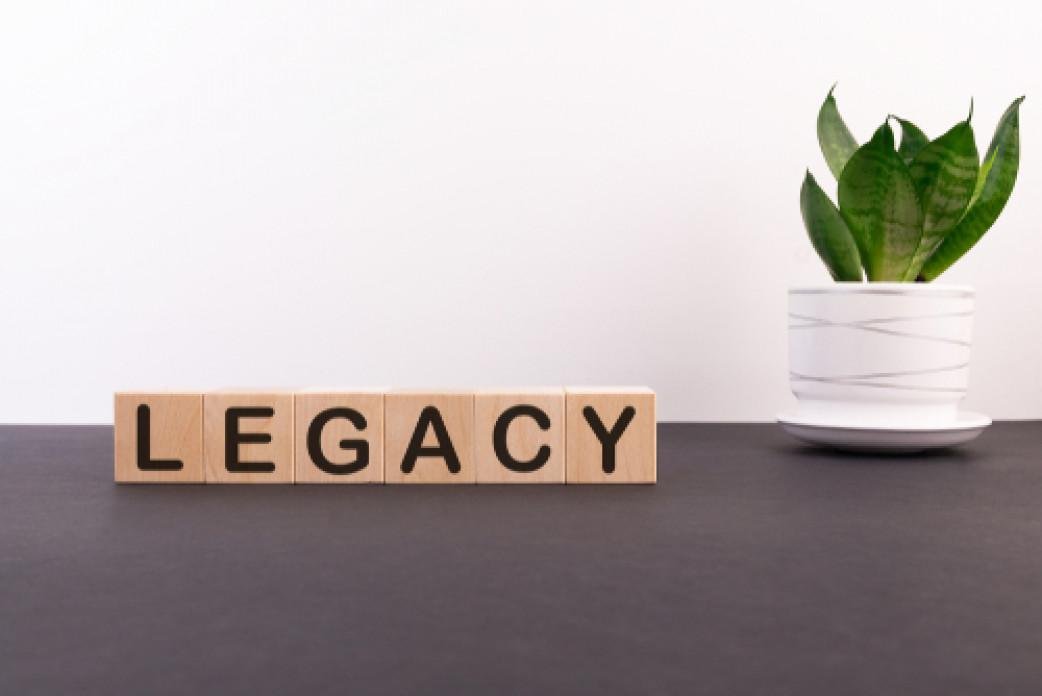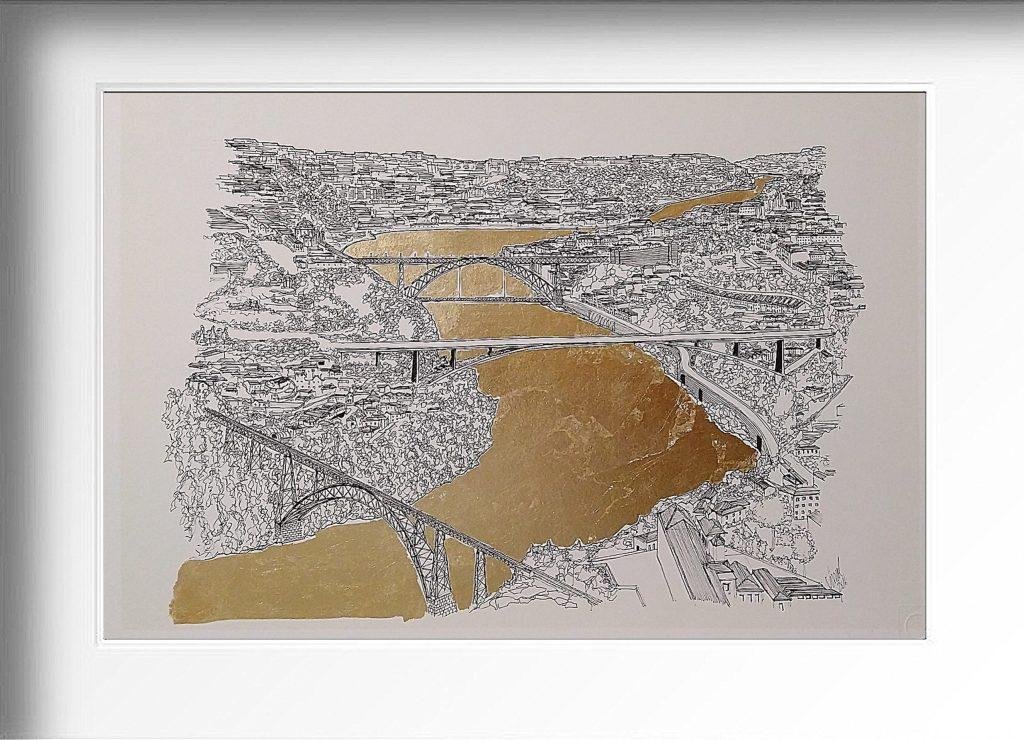In the spectral tapestry of time, where memories flicker like distant stars, there lies a tale of displacement and redemption. Once, homes stood as havens, shelters from life’s storms. But with scant warning, they vanished, leaving behind a trail of shattered dreams. Decades later, a settlement emerges like a beacon of hope, seeking reconciliation for the wrongs of the past.
– A Legacy of Devastation: Decades-Long Homelessness and Loss
For those evicted from their homes in 1964 to make way for a dam, the destruction continues today. They were promised new homes and fertile land, but many received neither. Instead, they were left homeless, living in informal settlements with limited access to basic services. Despite a 2015 settlement to compensate them, many are still struggling to rebuild their lives.
- Displaced families were not fully compensated for the land lost.
- The compensation process was delayed and chaotic, leaving many in financial distress.
- Many families were forced to sell their promised plots due to poverty, resulting in further displacement.
| Before | After |
|—|—|
|  |
|  |
|
– Amends and Acknowledgement: A Path to Reconciliation and Justice
Decades later, the government acknowledged the harm caused by its actions and entered into a settlement agreement with the displaced families. The settlement includes financial compensation, land restitution, and various support programs aimed at rebuilding communities and promoting reconciliation. While the settlement cannot fully erase the pain and suffering endured by the survivors, it represents a significant step towards acknowledging the wrongs committed and providing some measure of justice.
The settlement agreement also includes provisions for truth-telling and historical commemoration. These measures are essential for ensuring that the past is not forgotten and that future generations understand the consequences of government policies that displace and marginalize communities. By acknowledging the past, the government and society can work together to build a more just and equitable future for all.
| Key Provisions of the Settlement Agreement | |
|---|---|
| Financial Compensation | Monetary payments to displaced families |
| Land Restitution | Return of land or provision of alternative housing |
| Support Programs | Education, healthcare, and economic development initiatives |
| Truth-Telling and Historical Commemoration | Establishment of truth commissions and memorials |
The Conclusion
As the final echoes of construction fade, a sense of closure washes over the community. Decades of displacement and upheaval are met with the promise of a new beginning. While the pain of the past may linger, the hope of a brighter future shines through. Like wounded trees sprouting new branches, the community rebuilds, stronger and more resilient than before. The settlement stands as a testament to the power of reconciliation and the resilience of the human spirit, forever etching this chapter of their shared history into the annals of time.

